It has been one of the most strategic castles in English history, and in this post, you’ll discover the ultimate list of facts about Dover Castle.
1. It has been described as the “Key to England”
Dover Castle is located in the southeast of England, right next to the town of Dover on a small hill, fittingly called “Castle Hill,” and overlooking the Strait of Dover. It’s home to one of the major ferry ports in England.
Because it’s located in such a strategic position on the shortest distance across the English Channel to France, it’s been referred to as the “Key to England,” which literally meant that if you wanted to conquer England, you will need to take the Castle of Dover first.
Other famous castles in the area are Leeds Castle, Canterbury Castle, and Rochester Castle.
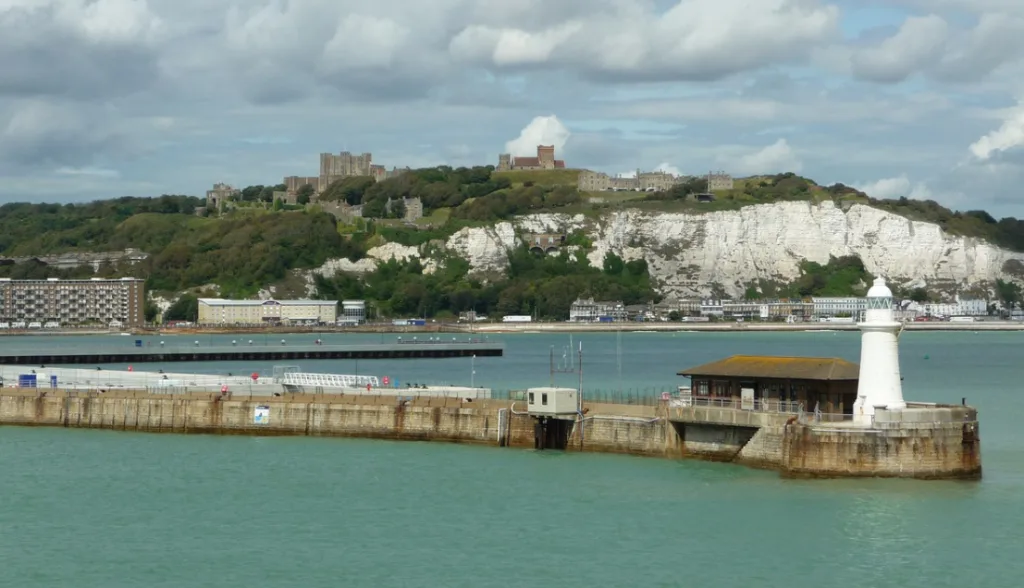
2. It probably dates back to the Iron Age
Archaeologists have found remains dating back to the Iron Age (500-332 B.C.). These include earthworks that couldn’t be identified with the medieval castle.
One of the most interesting facts about Dover Castle is that the Medieval castle fortifications have a very unusual pattern. It would be very unlikely that the castle would have been built this way if there wasn’t some sort of groundwork in place already.
This makes historians conclude that the original castle was a “hillfort” which dates back many centuries before the Medieval castle was constructed.
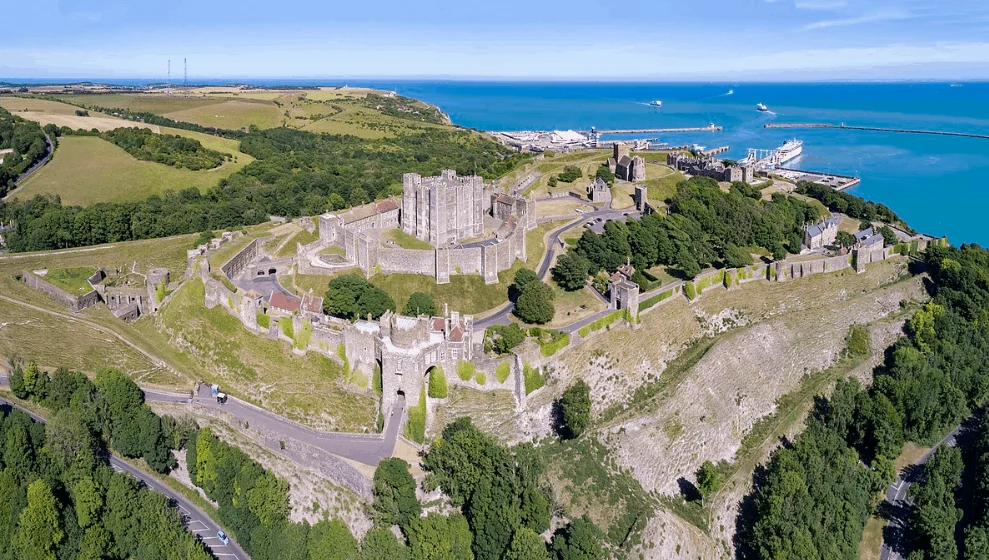
3. The Romans were active in the area as well
The Roman Conquest of Britain started in 43 A.D. and they have left some remarkable structures. One of them is located on the grounds of Dover Castle and is one of three surviving Roman Lighthouses in the world.
The Roman lighthouse has 5 levels, 8 sides and is believed to have been built in the early 2nd century. It was made with layers of tufa, Kentish ragstone, and red bricks and has been preserved remarkably well.

The lighthouse isn’t just the tallest still-standing Roman structure in England, it’s also believed to be the oldest still-standing structure in all of Britain!
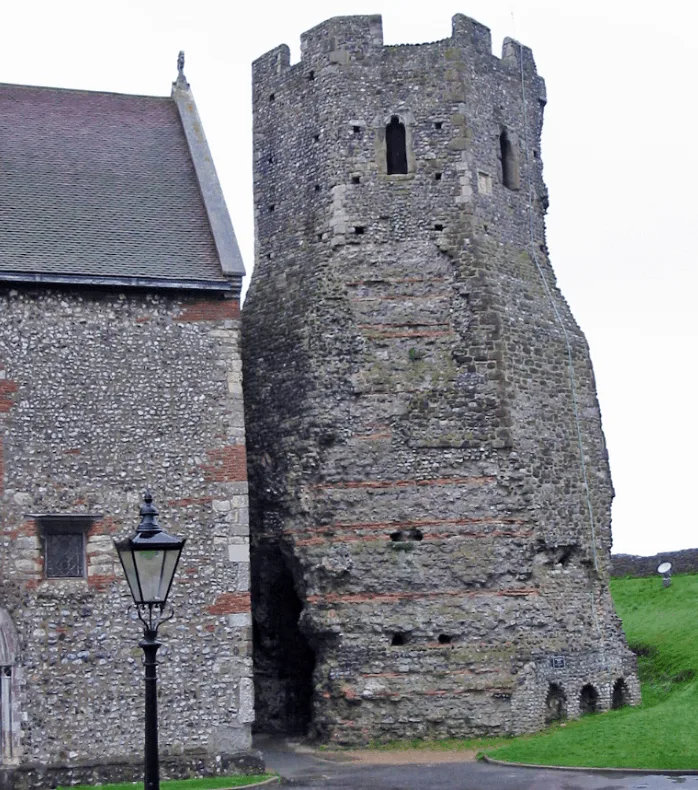
4. Dover was one of 5 most important places in southeast England
Dover was one of the most prominent members of the “Confederation of Cinque Ports,” a historic series of coastal towns in the Kent, Susses, and Essex region. These towns included Hastings, New Romney, Hythe, Dover, and Sandwich.
The name “Cinque Ports” dates back to Anglo-Saxon times just before the Norman Conquest of Britain in 1066.

5. The castle was burned to the ground in 1066
William the Conqueror invaded Britain in 1066 and obviously landed in Kent first. After the Battle of Hastings in October of that year, which marked the start of the conquest, he made a small detour to plunder some castles before making his way to Westminster Abbey.
On his path were the castles of Romney, Dover, and Canterbury. Dover Castle wasn’t a match for William and his army, and after taking over, it was burned to the ground.
He then used the clay that the old castle was made of as flooring for his new and improved castle.

6. Henry II let his money roll to improve Dover Castle
The castle of William the Conqueror was built in a total of 8 days, which simply means that it didn’t look anywhere near how it looks today, and nothing remains of this period.
The first major improvement was done by King Henry II who renovated the castle in such a way that several parts of his efforts can be seen today such as the outer baileys and the great tower, or keep.
One of the most amazing facts about Dover Castle is that Henry II spent virtually all of his money on the renovations. he must have liked the location so much that he spent £6,500 on it for the duration of 9 years between 1179 and 1188, which was most of his income!
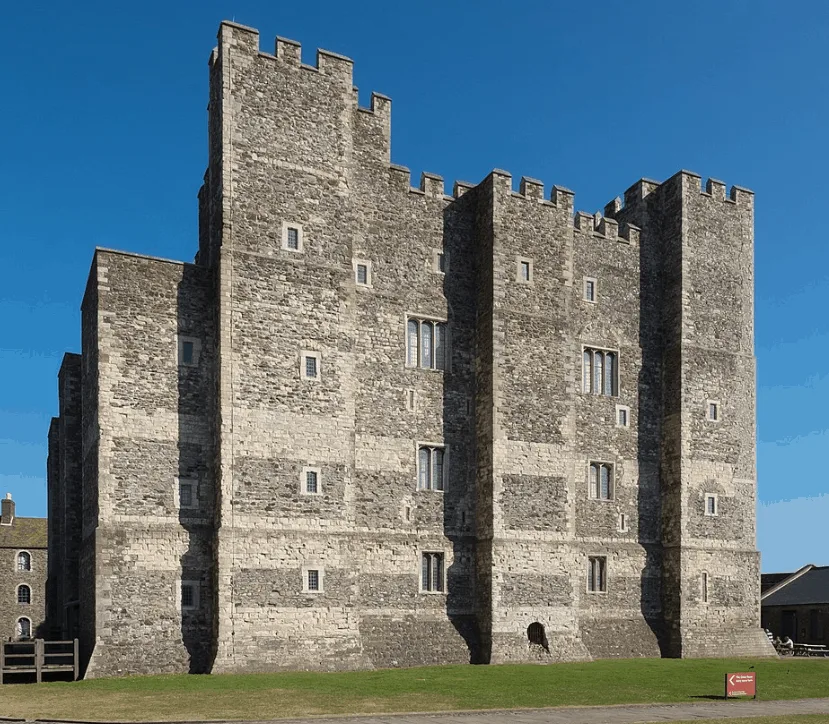
7. The castle was besieged in 1216, but not taken
During the First Barons’ War (1215-1217), a civil war in England between a group of rebellious landowners and Louis VIII of France and King John of England, Dover Castle was besieged by Louis VIII.
Because of its strategic position, Dover Castle carried a lot of political importance, hence it was a crucial target for Louis VIII.
Even though he managed to enter the castle through a tunnel dug below the vulnerable north gate, he never managed to take the castle. Instead, the English defenders of the castle dug a tunnel themselves and attacked the French.

8. There used to be a windmill on one of its towers
In the late 13th century, Stephen The Pencester became the first warden of the Cinque Ports when the first authoritative list of Cinque Ports Confederation Members was created in 1293.
During his time as a warden, a windmill was built on top of one of the towers of Dover Castle. Tower 22 was later referred to as the “Windmill Tower.”
This windmill was only demolished in 1812 during the Anglo-American War.

9. It was taking by parliamentarians in the English Civil War
Dover Castle was in the hands of the King in 1642, but it was overtaken by a group of 10 parliamentarians under the command of a local merchant named Richard Dawkes.
On August 21, 1642, they attempted and succeeded in an amazing raid by night. They were able to successfully obtain the keys from the porter’s lodge and make their way in. The garrison they belonged to was summoned shortly after.
The castle was taken without a single shot being fired!

10. Dover Castle played a crucial role for the Anglo-French Survey
The Anglo-French survey was the first precise survey completed within Britain. It was executed by General William Roy, and it aimed to measure the relative situation of Greenwich Observatory and the Paris Observatory.
Dover Castle was one of the most important observation points of the cross-channel sightings.

11. It served as a barrack for troops during the Napoleonic Wars
During the Napoleonic Wars (1803-1815), just after the end of the French Revolution, Dover became a garrison town and Dover Castle was transformed into a series of barracks and storerooms.
The first tunnels were dug at the beginning of the 19th century about 15 meters below the top of the cliff, and the first troops were accommodated at the start of the Napoleonic Wars in 1803.
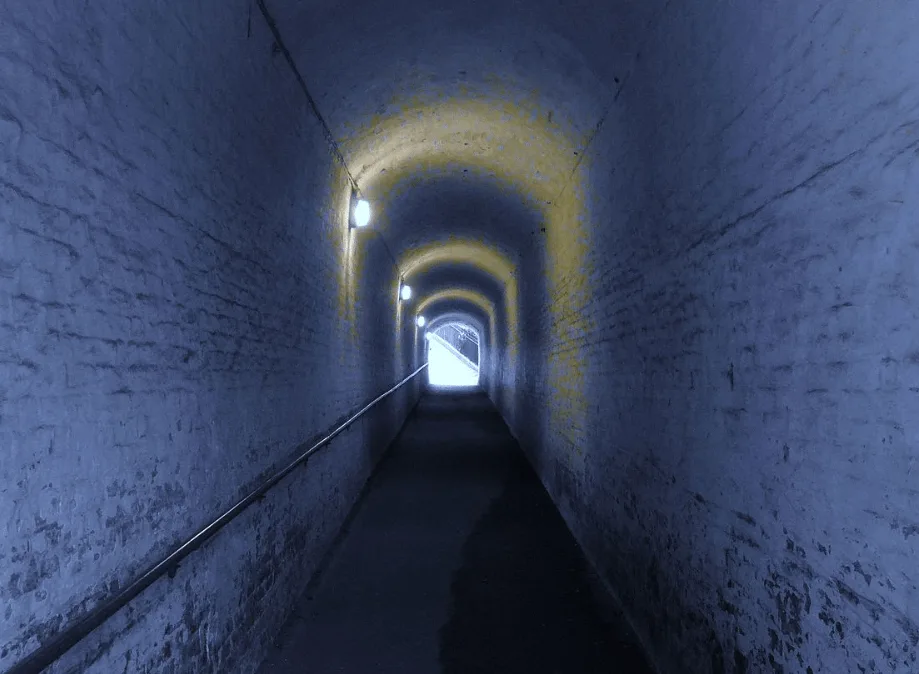
12. Dover Castle played a major role in the Dunkirk Operation
The tunnels that were once dug to accommodate garrisons during the Napoleonic Wars were abandoned for more than a century. Until they became extremely valuable once more at the start of the Second World War.
Initially, they were merely used as a bomb shelter, but they were soon transformed into a secret military command center and partially as a military hospital.
It’s from the tunnels at Dover Castle that Admiral Sir Bertram Ramsey directed the evacuation of French and British soldiers from Dunkirk in an operation that was code-named “Operation Dynamo.”

13. Using the tunnels against a nuclear attacks wasn’t the best idea
After World War II, the danger of a nuclear attack was still present. Therefore, the idea arose to use the Dover Castle Tunnels as a shelter for important government agencies during such an event.
The plan was abandoned though. The tunnels were in relatively bad shape and it was discovered that the chalk from the cliffs that the tunnels were located wouldn’t offer enough protection from radiation.
At the moment, only 2 tunnels are open to the general public and they are referred to as “Annexe” and “Casemate.”
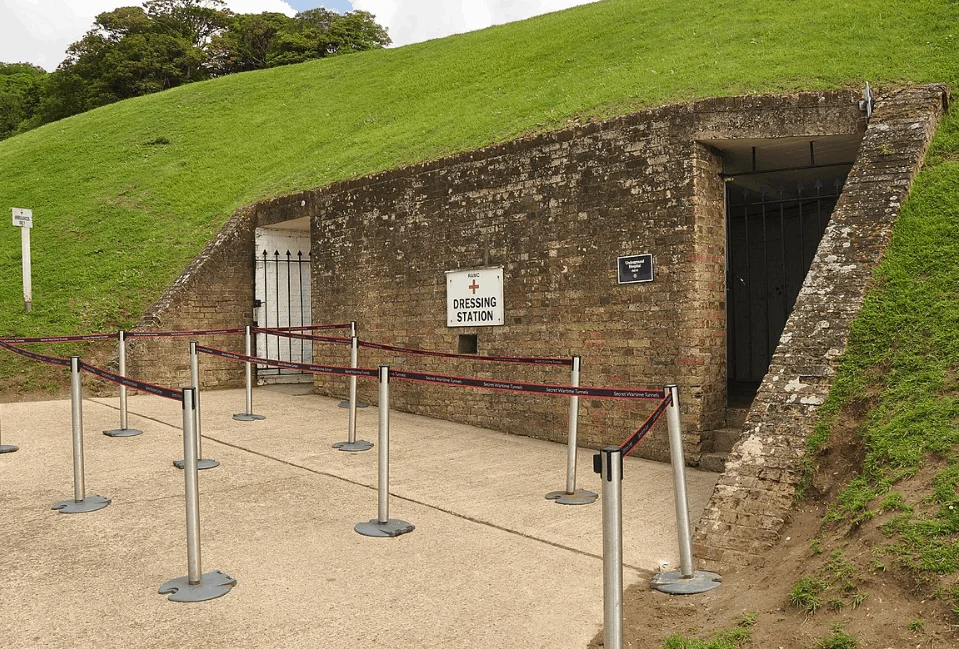
14. The Castle was completely renovated in the 2000s
Dover Castle received a serious renovation of its interior between 2007 and 2009. The renovation cost a whopping £2.45 million which was paid for by “English Heritage.”
The castle is a very popular tourist attraction as well and houses the Queen’s and Princesses of Wales Royal Regiment Museum.
In 2018 alone, Dover Castle welcomed a total of 365,462 visitors.
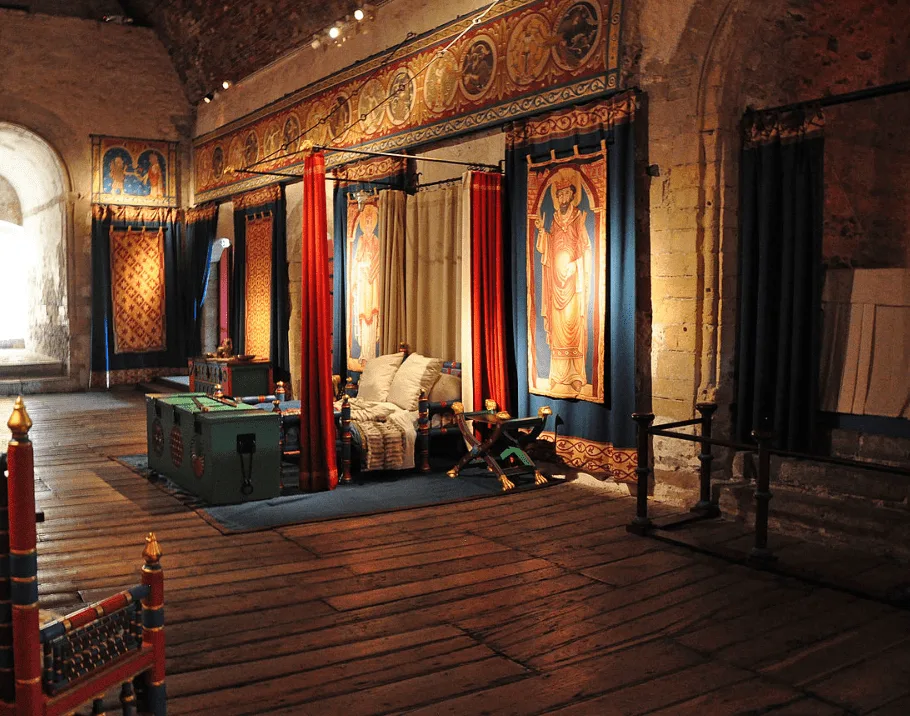
15. The castle’s grounds are home to a chapel and a church
Inside the compound of Dover Castle, there are 2 sacred places, one Royal Chapel, and one church.
The Royal Chapel was dedicated to Thomas Becket, the Archbishop of Canterbury from 1162 until his murder in 1170, and is located inside the keep of the castle.
St. Mary in Castro Church used to be an Anglo-Saxon church bus been completely rebuilt in the Victorian Era.

16. Dover Castle is listed as a “scheduled monument”
Dover Castle has been very important in England’s history. It has been the key location during several wars and has helped to shape the country’s future.
For this reason, Dover Castle is still listed as a “Scheduled Monument” and “Grade I Listed Monument.” This means that it’s considered to be a building and archaeological site of National Importance that is protected against unauthorized changes.
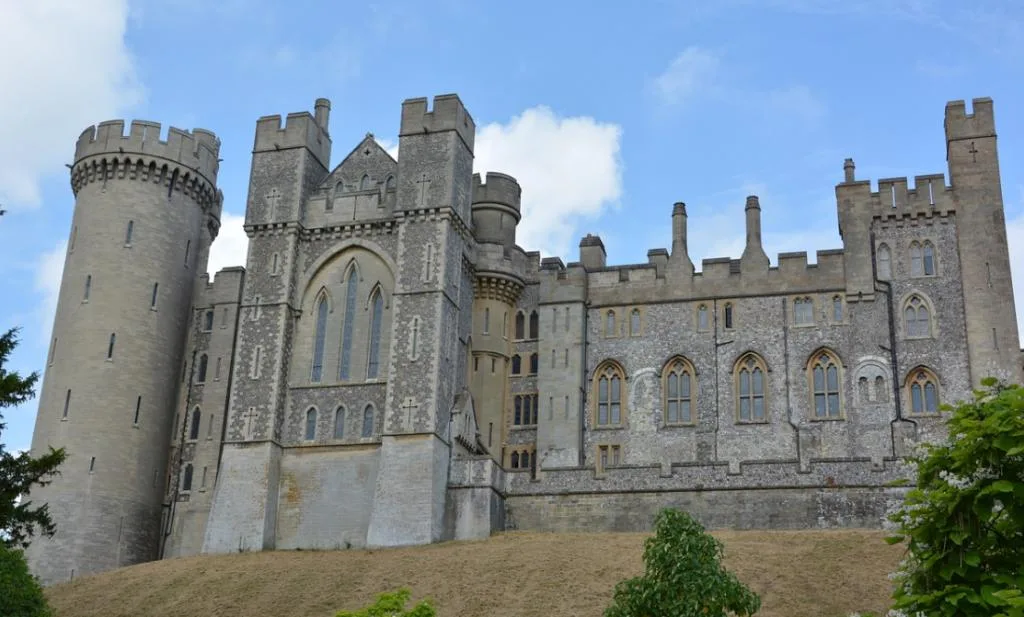
17. Dover Castle was turned blue for essential workers
During the coronavirus crisis, Dover Castle was one of the landmarks that were turned blue as a sign of respect and encouragement for “essential workers” during the crisis.
To make this happen, the castle’s maintenance crew had to be trained so they could apply the gel filters which made the lights of the lighting system blue.
This way, one of the most historic landmarks in the area fulfilled its duty to support the key workers in the area every night!


Leave a comment
You must be logged in to post a comment.